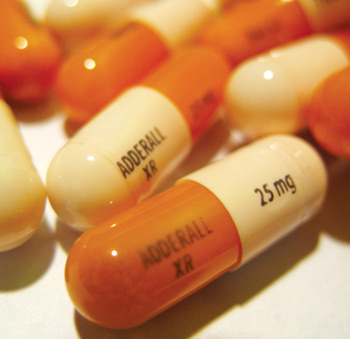Over the past few weeks, I’ve been following coverage of the Institute of Medicine’s recent recommendation of a new name and new diagnostic criteria for chronic fatigue syndrome. In a 250+ page report, the IOM, a division of the National Academy of Sciences, proposed that the disease be renamed “systemic exertion intolerance disease.” This would link it more closely with its central feature while distancing it from a designation many patients see as both demeaning and dismissive of the serious impairment that can accompany the condition. It’s a move that has been applauded by a number of advocates and researchers who study the disease, although others caution that more work is needed to develop a definitive test, as well as medications that can effectively treat it.
The disorder, which is also called myalgic encephalomyelitis (ME), is characterized by persistent fatigue lasting for more than six months, muscle and joint pain, unrefreshing sleep, and post-exertional malaise. Estimates of the number of affected Americans vary widely, from 836,000 to as many as 2.5 million.* I was struck by the divergence of these numbers, as well as by the following statistic which might explain why: it goes undiagnosed in an estimated 84 to 91 percent of patients. This could be the result of physicians’ lack of familiarity with ME/CFS, doubt about the seriousness of symptoms, or a belief that the patient is making up or exaggerating the extent of the illness. But regardless of your perspective on the disease, that’s an alarming rate of underdiagnosis.
As I’ve been perusing the responses from patients and comments from the public debating the nature of the disorder, I’ve noticed that reactions to the IOM recommendations tend to fall into one of two camps. One group is sympathetic to the disease and its sufferers, urging compassion, education, and continued research; not surprisingly, this group seems to consist mainly of patients with ME/CFS, people who have friends or relatives with it, and physicians who treat them. The second group sees patients as malingerers who are overstating their symptoms to get special consideration; they blame our modern lifestyle for inducing widespread fatigue in our population and point to the lack of a conclusive diagnostic test as evidence that the disease doesn’t exist.
All of this brings me to the following question, which I think is relevant not just to the current discussion but to the entire enterprise of Western medicine: what makes a disease “real”? When are diseases worthy of sympathy and concern, insurance reimbursement, research money, and pharmaceutical therapies, and when are they considered to exist only within a patient’s imagination? Few people in the twenty-first century would dispute, for instance, that pneumonia, malaria, and yellow fever are caused by particular microorganisms, their presence in the body detectable through various tests of blood and fluids. But what about conditions for which we have not yet identified a specific pathology? Does the lack of a clear mechanism for the causation of a disease mean that those who are affected by it are suffering any less? Are a patient’s perceived symptoms enough for an ailment to be considered “real”?
I’m distinguishing here between “disease,” which is a pathological condition that induces a particular set of markers of suboptimal health in an individual, and “illness,” which is the patient’s experience of that disease. Naming a disease confers legitimacy; being diagnosed with it assigns validity to a patient’s suffering, gives him a disease identity, and connects him with a community of the afflicted. And if naming a disease confers a degree of legitimacy, then outlining a biological mechanism for it bestows even more. Disorders with an identifiable pathology are “real,” while all others are suspect. But this process is subject to revision. As the history of medicine shows us, a number of conditions are now considered real that were once thought to be caused by a lack of morality and self-control, namely alcoholism and addiction. Others, including hysteria, chlorosis, neurasthenia, and homosexuality, were once classified as diseases but are now no longer recognized as such.
“Disease,” as Charles Rosenberg reminds us, “does not exist until we have agreed that it does, by perceiving, naming, and responding to it.” It always occurs within a social context and makes little sense outside of the social and cultural environment within which it is embedded. That is why, to varying degrees, what physicians are responding to is a patient’s subjective assessment of how she is experiencing disease: the level of pain, the physical disability, the fatigue, the fever, the extent to which an ailment is interfering with her life.
To say that diseases can exist independently of us is to misunderstand their fundamental nature as human concepts and social actors. They are not mere biological events, but are made legible and assigned meaning through our system of fears, morals, and values. Whether the proposed name change from chronic fatigue syndrome to systemic exertion intolerance disease will lead to greater acceptance for the disorder and those who suffer from it remains to be seen. But it's brought attention to the process of how we define and name diseases. The ways in which we explain their causation and assign responsibility and blame set forth standards for acceptable behavior and delineate the boundaries of what we consider normal. Our relationship with disease reveals how we understand ourselves as a society. All diseases are therefore both not real and real—not real in the sense that they wouldn't exist without us, and real because we have agreed that they do.
*By way of comparison, about 5 million Americans are currently living with Alzheimer’s and about 1.2 million have HIV.
Sources:
Charles E. Rosenberg and Janet Golden, eds. Framing Disease: Studies in Cultural History. New Brunswick, NJ: Rutgers University Press, 1992.



